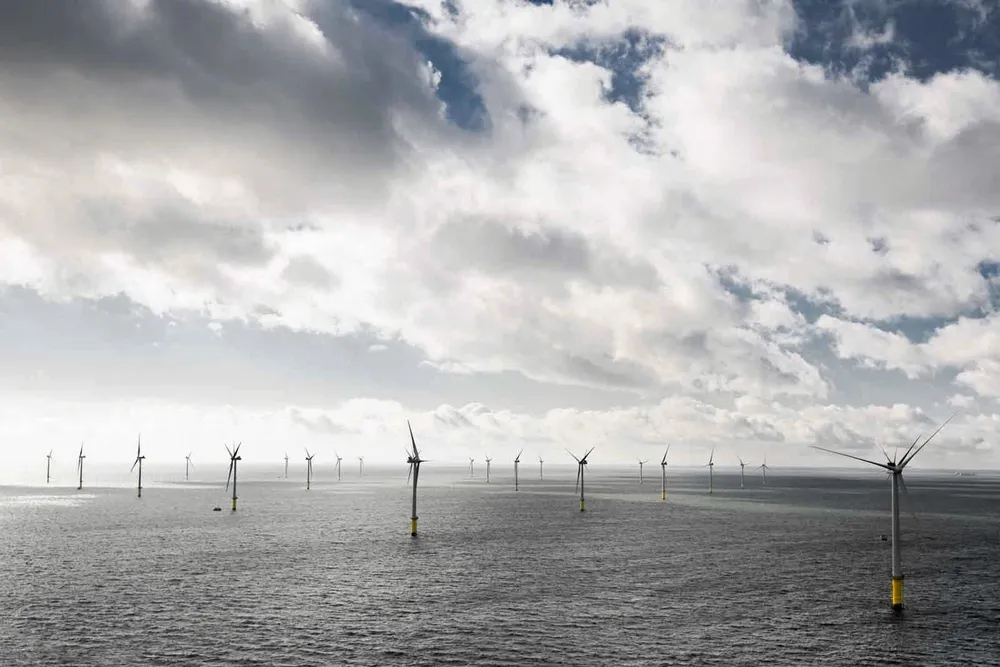The $1bn battery: record-sized plant will store North Sea wind power
Project will site huge BESS deployment inland from North Sea coast as key plank of UK green power plans

Work will start on the world’s most powerful battery to store wind and other renewables after its developer secured more than $1bn of debt and equity funding.
The Thorpe Marsh project will deploy 1.4GW/3.1GWh of battery storage at a disused coal power site in northeast England, the regional hub for many of the UK’s largest North Sea wind farms.
Developer Fidra Energy today said it secured £445m ($601m) to help build the project from investment group EIG and the UK’s National Wealth Fund.
That adds to £594m in loans from a group of international lenders, adding up to “the largest standalone BESS [battery energy storage system] project financed globally”, said a statement.
Construction of the project – which will use batteries supplied by China’s Sungrow – will start immediately with an objective to be operational from mid-2027.
The scale of the project – according to analyst group BNEF the world’s most powerful BESS facility to secure finance so far – is crucial to the UK’s ambitions to hit a 95% decarbonised grid by 2030.
Fidra has already agreed deals with power groups EDF, Octopus Energy and Statkraft for around 80% of the Thorpe Marsh project’s capacity and has a 15-year deal under the UK’s capacity market incentive scheme.
Managing supplies from the huge but variable output from the UK’s North Sea turbines is a major challenge for its power system, reflected by the role of the government’s NWF.
“The NWF is set to play a meaningful part in helping the UK achieve its clean energy ambitions, through our support for this and other key projects. Our investment highlights our role as a significant player in the storage sector,” said NWF CEO Ian Brown.
Fidra, which is owned by giant US investment firm EIG, is also planning another vast BESS project at West Burton, Nottinghamshire.
Between them the developer reckons the two projects could meet 11% of the extra storage capacity needed to meet the UK’s 2030 clean power ambitions.
(Copyright)